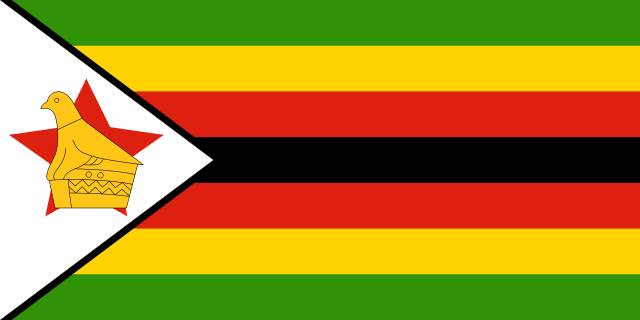- WICKNELL CHIVAYO left school at 15
- DISGRUNTLED Zimbabwe police stage uniform protest.
- MNANGAGWA wife Auxillia drops charges against nine women who boed her in Manicaland
- O.J. Simpson dies of cancer , aged 76.
- South Africa ANC is the cause of ZIMBABWE troubles claims Zimbabwe opposition politician Job Sikhala
‘At Least 16% of 13 million Zims Face Food Insecurity’ – Famine Early Warning Systems Network (Fewsnet)

ZIMBABWEANS, already reeling from a crippling economic meltdown, are facing widespread food shortages that are likely to reach unprecedented levels.
At least 16% of the country’s estimated 13 million population faces food insecurity, especially in rural areas, a regional food security watcher has said.
The Famine Early Warning Systems Network (Fewsnet) in its latest update, said hunger is already stalking poor Zimbabweans particularly in the southern parts of the country.
“Rural food insecurity for the 2015-16 consumption year is estimated at 16 percent (1.5 million people) of the population during the peak lean season from January to March 2016, compared to 6 percent last season. Livelihood options are projected to be constrained in most of the country, but especially in the south.
“Safety-net interventions by Government and partners is limited and lean season humanitarian assistance is expected to be lower than average due to a challenging funding situation,” said Fewsnet.
The group said households in most parts of the country will likely require food aid before year-end when their meagre reserves run out.
“Households in most southern provinces are currently facing Stressed Integrated Phase Classification (IPC Phase 2) outcomes, which are expected to deteriorate to Crisis (IPC Phase 3) from October through December,” the agency said.
Since the government embarked on its controversial and often violent land reform program, Zimbabwe has suffered food shortages as the agricultural sector, formerly the fulcrum of the economy, nosedived.
Fewsnet said in most northern districts the majority of households are “consuming own-produced cereals from recent harvests and are experiencing Minimum (IPC Phase 1) outcomes”.
“However as households finish their own-produced stocks from October onwards, Stressed (IPC Phase 2) food security outcomes are expected through December,” the group said.
The country’s traditionally dry areas in the south are the worst hit.
“Most households in the southern areas are increasing reliance on market purchases for staple cereal, which is pushing up prices to levels averaging 38-46% above previous year prices and 35% above the national average.
“Due to an undersupply of maize grain on most southern markets during the outlook period, maize meal demand and prices are also expected to increase to levels above the previous year,” said the report. source-newzimbabwe